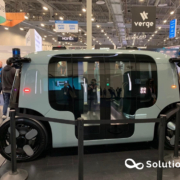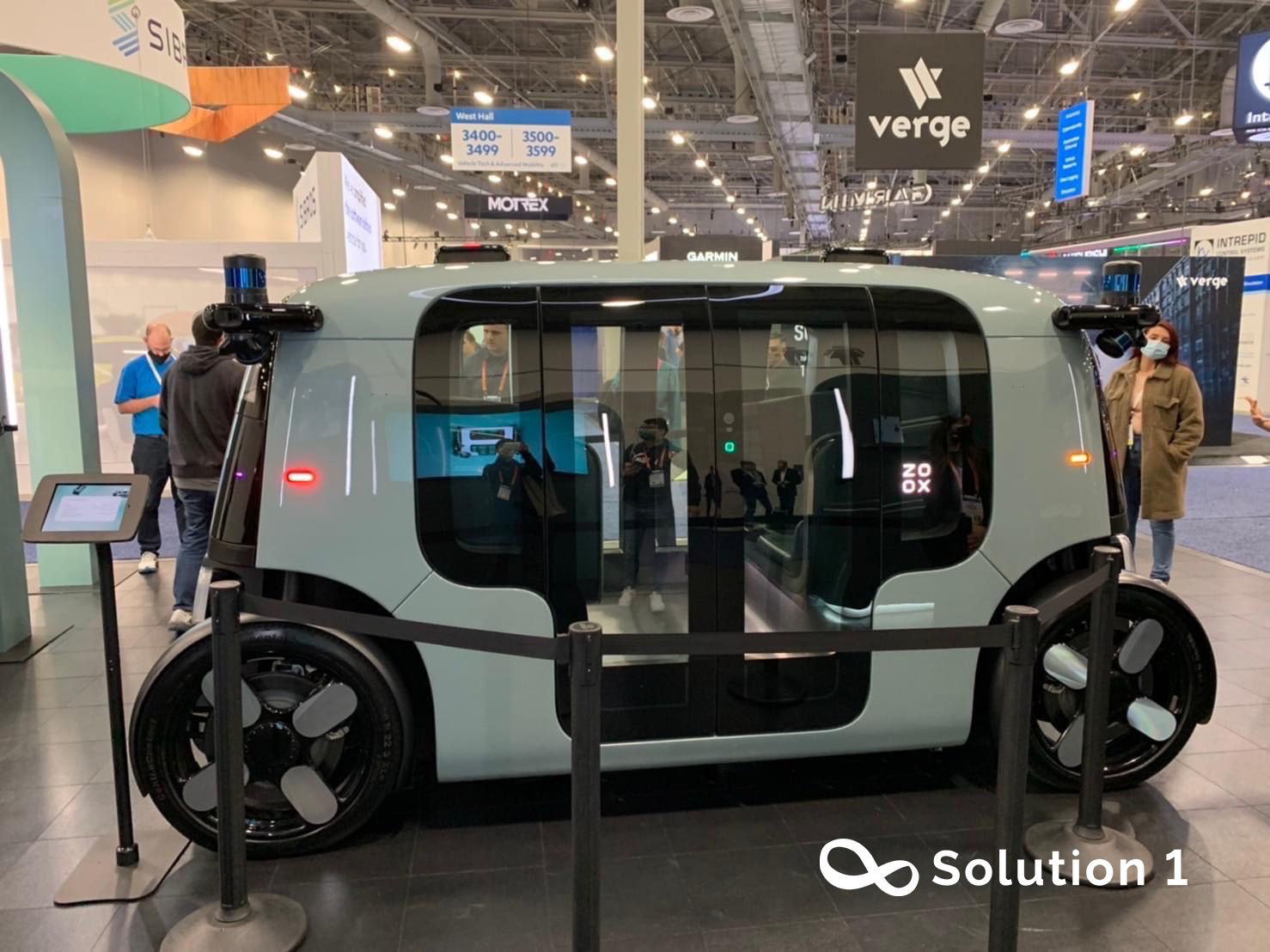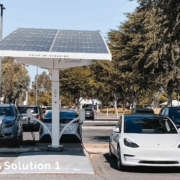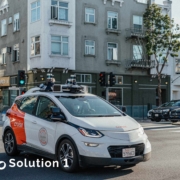Europe Proposes Mandatory Safety Features for Vehicles: Why Radar Sensors Are Integral to This Initiative?
Radar sensors have found widespread applications in advanced driver assistance systems, such as adaptive cruise control and automatic emergency braking.
“According to an HTSA study, 37,461 Americans died on United State highways in 2016 as a result of automobile accidents, of which 94% were due to human error.”
In the automotive industry, the comparatively higher cost of Lidar has limited its adoption in high-volume, lower-cost vehicles. On the other hand, optical cameras struggle in poor lighting conditions and cannot inherently determine the range of targets. Ultrasonic sensors are cheap but have a very limited range. Radar is relatively cheaper and can simultaneously detect and determine the range, velocity, and angle of arrival of multiple targets in very poor lighting and weather conditions.
Radar has emerged as one of the key technologies in autonomous driving systems. Some of today’s self-driving cars, such as Zoox, are equipped with more than 10 radars, providing a 360-surround sensing capability under all weather conditions. Different from ground-based or airborne surveillance radars, automotive radars are strictly required to have a small size, short range, and low power, so they can be integrated behind the vehicle bumper or windshield and operated in a highly dynamic propagation environment with rich multipath.
Today’s high-performance radar has evolved towards an imaging sensor, visualizing the whole environment in multiple dimensions, without comprising any privacy issues. Although radar is a mature technology in the automotive domain, still several challenges exist in radar signal processing: Multipath reactions arising from sensors positioned behind the vehicle bumper, and detection of mutual interference due to other cars’ radar sensors operating in the same frequency bands.
Angular resolution becomes necessary in many cases where targets cannot be resolved sufficiently in both range and velocity domains. Even better resolution is needed in highly dynamic scenarios, such as two cars on a highway 100m to 200m ahead of the ego vehicle, with a lateral spacing between two lanes of around 3.75 m. In order to distinguish the reactions in this particular situation, an angular resolution of approximately 1:1 is necessary for a distance of 200 m. This is in line with the requirements of less than 1 resolution for both azimuth and elevation, special for Level 4 and Level 5 autonomous driving.
In fact, the European New Car Assessment Program has mandated that vehicles must have the ability to determine if a detected obstacle should be driven over, such as a man-hole cover, soda can, etc., under (overpass, overhead road sign, etc.), maneuvered around or avoided by braking in the worst case as part of active-safety definition.
At the application level, although millimeter wave radar has been widely used in mass-produced cars for active safety functions such as automatic emergency braking and forward collision warning, it is overlooked in autonomous driving. Recently, Tesla announced the removal of radar sensors from its semi-autonomous driving system Autopilot in 2022.
In the CVPR 2021 workshop, Tesla’s director of AI, Andrej Karpathy, explained their reason by presenting three typical scenarios for radar malfunctions, including lost tracking due to significant deceleration of the front vehicle, false slow down under bridges, and missed detection of a stationary vehicle parked on the side of the main road.
Since the introduction of 4D radar, we believe that the era of deep radar perception has arrived. Conventional automotive radars have a low resolution in elevation and, therefore, return a two-dimensional point cloud. The new generation of high-resolution radar achieves a higher angular resolution in both azimuth and elevation. Because it can measure 3D position and Doppler velocity, it is always referred to as a 4D radar in the marketplace.
4D radar has the advantages of a long detection range, such as up to 300 m, all-weather operation, low power consumption, and low cost. Another benefit is that 4D radar could track objects not directly in front of the vehicle, making it more effective in detecting blind spots and vehicles approaching from the side and behind. 4D radar costs less than LiDAR and has a longer lifespan since it doesn’t rely on mechanical and spinning parts as LiDAR does.








